Preserving knowledge has been crucial for human progress. From ancient libraries to modern digital archives, each era has contributed to safeguarding our collective wisdom. Today, AI integration is revolutionizing how we store, access, and interact with information.
Historical Context of Preservation
Preservation of knowledge began with ancient libraries like Alexandria, where scrolls held immense value. Physical archives provided a formal way to keep records safe, using paper documents carefully filed for easy retrieval. The 20th century introduced microfilming, offering a compact, durable format for storing documents.
The digital revolution reshaped archiving. Digital files are easier to store, access, and share globally. As technology evolved, so did storage tools. Early data formats and devices highlighted issues of data decay and obsolescence, requiring regular updates and migrations.
AI has further transformed this evolution. Modern AI tools not only store data but also categorize, analyze, and retrieve it with sophistication. Digital archives now incorporate audio, video, and interactive elements, providing richer experiences.
The Archive General de Indias in Seville showcases the potential of digital archives. They’ve digitized millions of pages, blending traditional archiving with advanced digital technologies, overcoming technical hurdles like compression algorithms and system obsolescence.1

AI Technologies in Digital Archiving
AI technologies streamline processes, enhance accuracy, and improve accessibility in digital archiving. Advanced algorithms sort vast amounts of data with greater speed and precision than human efforts alone. AI-driven natural language processing (NLP) interprets queries in a human-like manner, making it easier to locate specific information within large datasets.
AI tools are being employed to document and revive endangered languages by analyzing phonetic patterns, syntax, and semantics within recorded speeches and texts. These technologies are also applied in the documentation of cultural practices.
Predictive preservation anticipates potential obsolescence of digital formats and suggests timely migrations to newer, more sustainable formats. This process ensures long-term access to digital archives, preventing the loss of valuable data due to technological changes.
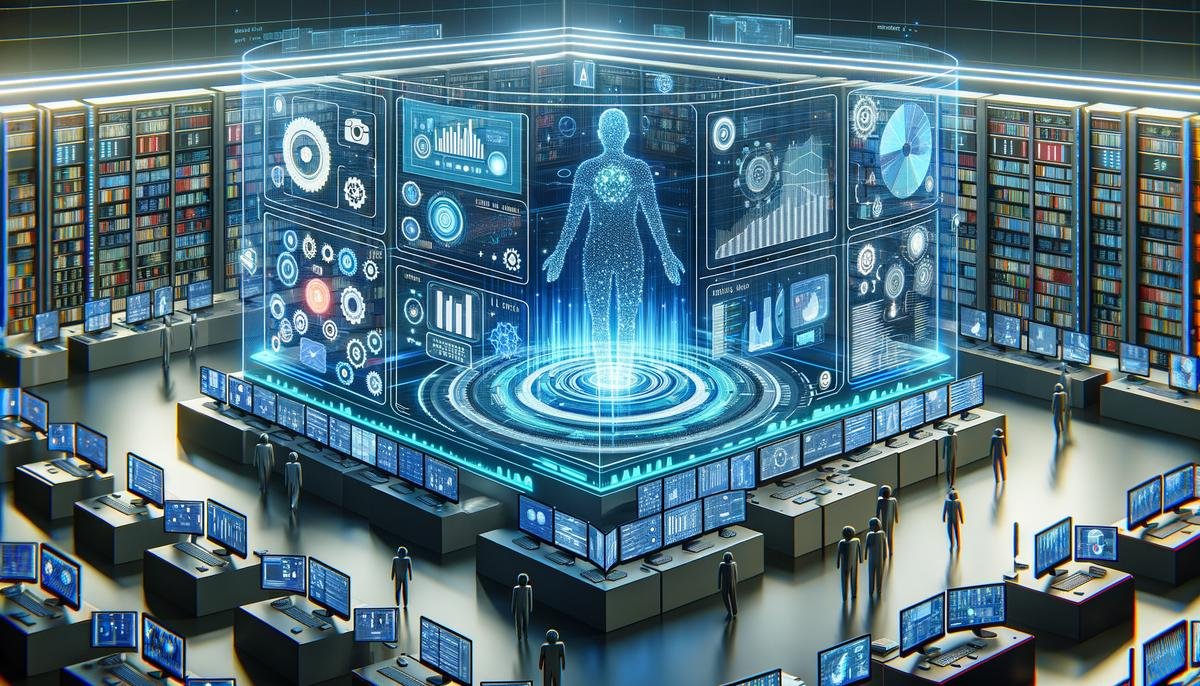
Case Studies of AI in Preserving Culture and Knowledge
Microsoft’s AI for Cultural Heritage initiative empowers organizations dedicated to safeguarding cultural heritage. It focuses on people, places, languages, and historical artifacts. The program has developed AI-driven tools that enable the digitization, organization, and accessibility of vast cultural datasets, including tools for preserving endangered languages.
The British Library’s ‘Living with Machines’ project employs AI to analyze and interpret data from the Industrial Revolution. Using machine learning algorithms, the project sifts through historical data such as newspapers, census records, and factory reports, uncovering patterns and trends that human researchers might overlook.
Through data mining and natural language processing, the project identifies:
- Linguistic changes
- Social movements
- Technological advancements
The digitized archives are organized into searchable databases, making it easier for researchers to find, analyze, and cross-reference information from multiple sources with unprecedented speed and accuracy.
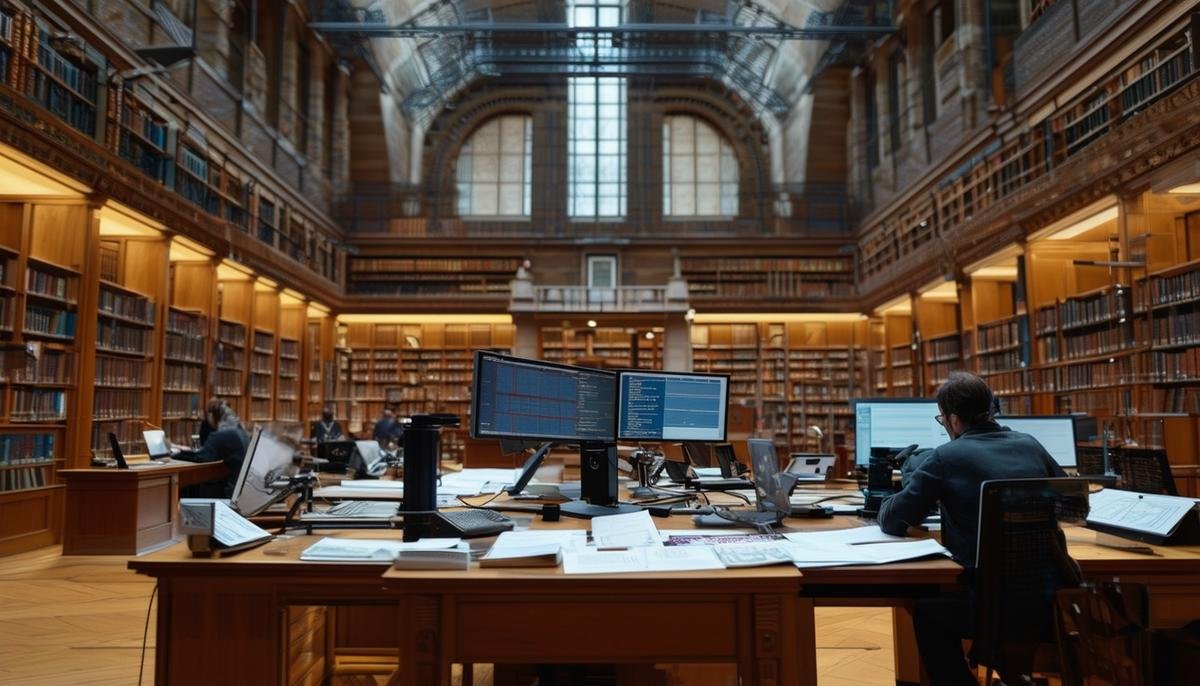
Challenges in AI-Driven Preservation
Data decay remains a primary technological concern in ongoing preservation efforts. AI can help mitigate this issue by continuously monitoring the condition of stored data and alerting to risks before they become critical.
Scalability poses another significant challenge as digital archives continue to expand. AI assists in optimizing storage algorithms and enhancing retrieval speeds, but physical limitations and costs associated with expansive data warehouses remain persistent issues.
Privacy concerns are paramount, particularly when dealing with personal data or sensitive cultural artifacts. AI’s ability to anonymize data while retaining its research value is an asset, but stringent ethical guidelines are necessary to balance privacy with open access.
Cultural sensitivity is closely intertwined with the ethical considerations of digital preservation. AI’s role extends beyond technical functionality—it involves fostering collaborations with cultural stakeholders to ensure that preservation efforts honor the communities and individuals they represent.
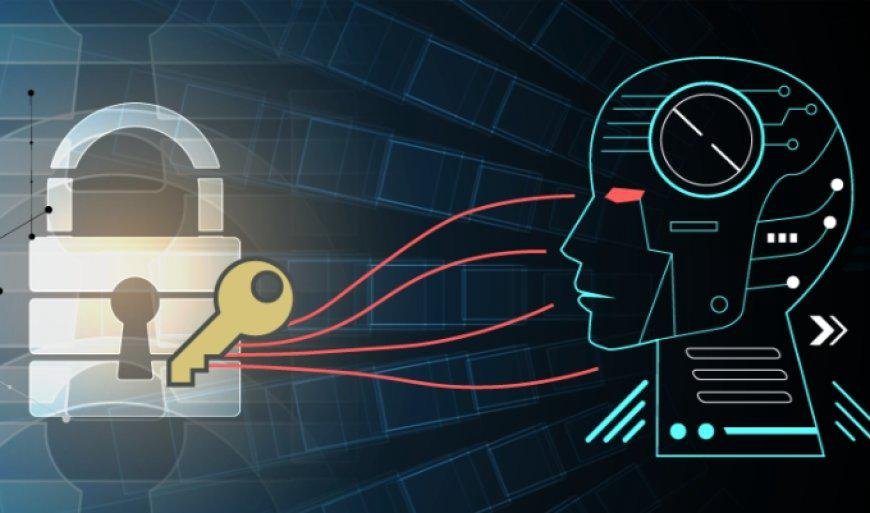
Ensuring Diverse and Inclusive Content
Ensuring diversity in digital archives involves fostering global collaboration with museums, cultural institutions, and libraries worldwide. These collaborations can bring unique content, providing a comprehensive snapshot of different cultures and histories.
Community involvement is vital to maintain authenticity and relevance. Participatory archiving projects where community members actively contribute to the collection and annotation of cultural materials can lead to more nuanced and comprehensive records.
AI’s language processing capabilities are pivotal in overcoming language barriers. Automated translation and transcription services can make content accessible to a global audience. AI tools can analyze and categorize content in various languages, ensuring that non-English content is equally represented.
“Addressing the digital divide is crucial for inclusivity. Efforts must be made to bridge this divide, perhaps through initiatives that provide necessary digital tools and training to underserved communities.”
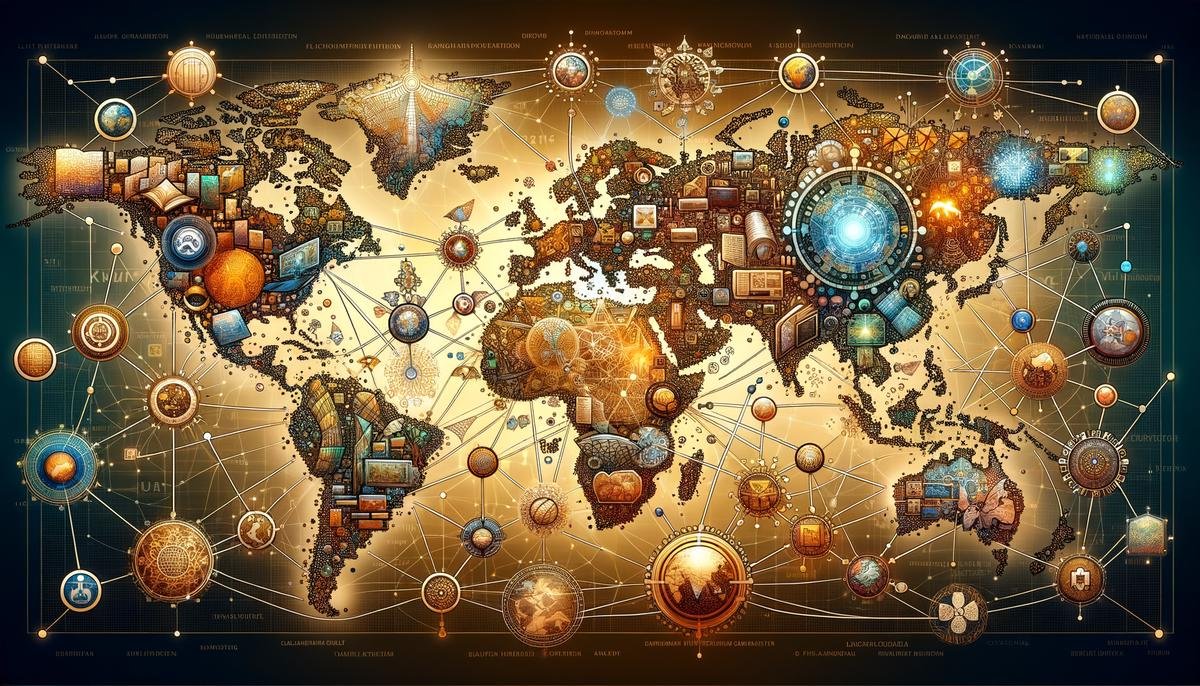
Educational and Research Benefits
Digital archives and AI-driven preservation technologies serve as comprehensive learning resources. AI enhances this by enabling personalized learning paths through adaptive content delivery. Students can explore topics aligning with their interests, while educators can adjust lesson plans to meet diverse learning needs.
Cross-disciplinary research benefits from AI-enhanced digital archives. The ability to access and analyze data from various domains facilitates new interdisciplinary studies. AI-driven tools can identify correlations and patterns across diverse datasets, revealing insights that were previously hidden or hard to discern.
The preservation of cultural legacy ensures that cultural artifacts, practices, and languages are digitally preserved for future generations. This provides valuable resources for future scholars, allowing them to study and draw from an extensive, well-maintained repository of human history and culture.
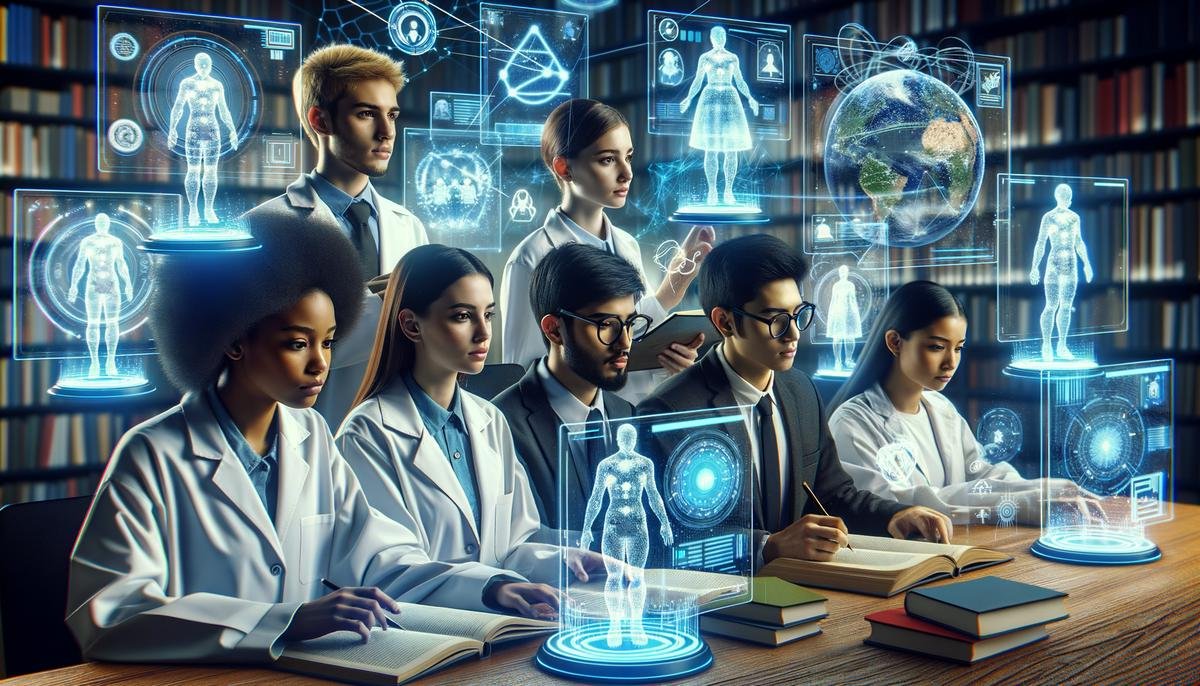
As technology advances, preserving our cultural and historical heritage remains crucial. AI-driven digital archiving enhances the accessibility and sustainability of these resources, ensuring future generations can learn from and build upon human knowledge. The convergence of AI and archiving not only safeguards our past but also paves the way for innovative research and learning in the future.
- Delgado-Gómez JM. The Archive General de Indias: digital preservation and dissemination project. Digit Libr Perspect. 2007;23(2):183-189.




